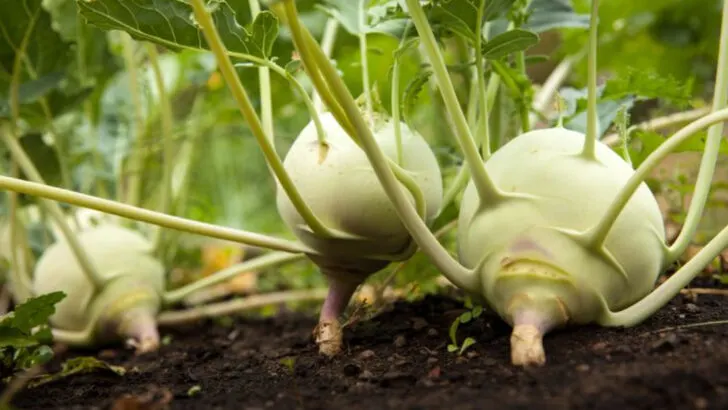In a world where shiny, symmetrical vegetables line grocery store shelves, it’s easy to assume that beauty equals quality. But in the garden—and often at the farmers’ market—the ugliest vegetables are the ones that surprise you most. Twisted carrots, lumpy tomatoes, and oddly shaped squash may not win any beauty contests, but when it comes to flavor, they often leave the perfect ones behind.
That’s because weird-looking produce is usually a sign of natural growing conditions, not genetic engineering or cosmetic sorting. These vegetables often come from healthy, biodiverse soil, grown without the rigid controls of commercial farming. They may have been exposed to less water, more stress, or just grown in unpredictable patterns—all of which can concentrate sugars, boost nutrient density, and result in a richer, more complex taste.
In this article, we’ll make the case for embracing the quirky side of your harvest, and explain why the next time you pull a crooked radish or spot a dented pepper, you should be excited—not disappointed. Sometimes, the ugliest vegetables are the ones your taste buds will remember most.
Heirloom Tomatoes
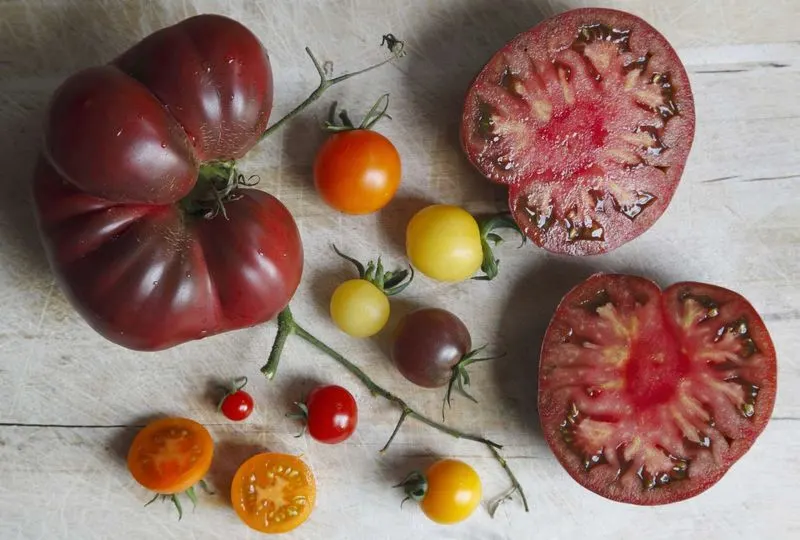
Imagine biting into a tomato that transports your taste buds to a summer garden. Heirloom tomatoes, with their lumpy and bumpy exteriors, offer a flavor that’s rich and complex. Each bite reveals a juicy burst of sweetness paired with a hint of acidity. Grown from seeds passed down through generations, these tomatoes are celebrated for their diverse colors and shapes. Their imperfections are a testament to their uniqueness, making them a beloved choice among chefs. Whether in a salad or a sauce, heirloom tomatoes promise unmatched taste. Embrace the irregular, for it’s where flavor resides.
Romanesco Broccoli
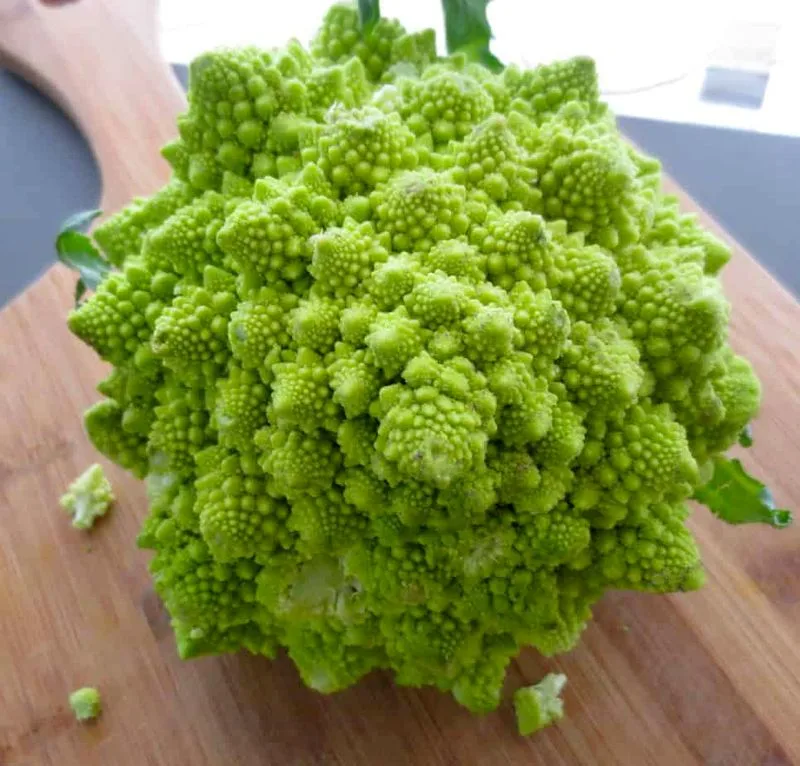
A vegetable that looks like a work of art, Romanesco broccoli captivates with its geometric spirals. Its chartreuse hue and intricate patterns are just the beginning of its allure. This peculiar vegetable offers a nutty, slightly earthy taste, reminiscent of a cross between broccoli and cauliflower. Romanesco is not just a visual delight; its texture is a joy, providing a crunch that complements its flavor. Often underappreciated, it’s a star ingredient in pastas and salads. Let this fascinating vegetable redefine your perception of beauty in the produce aisle.
Celeriac
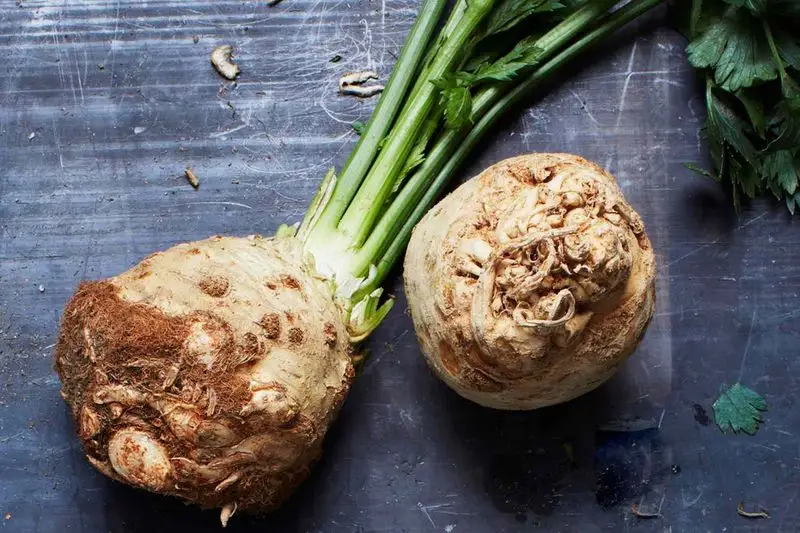
Celeriac, often overlooked due to its knobby surface, is a root vegetable packed with flavor. Beneath its rough exterior lies a creamy, white flesh with a taste akin to celery, yet milder and more complex. It’s a versatile ingredient, perfect for mashes, soups, or roasted dishes. The subtle, nutty undertones of celeriac add depth to any recipe. Historically used in European cuisines, it’s making a comeback among modern chefs seeking unique flavors. Don’t be fooled by its appearance; celeriac offers a delightful culinary surprise.
Kohlrabi
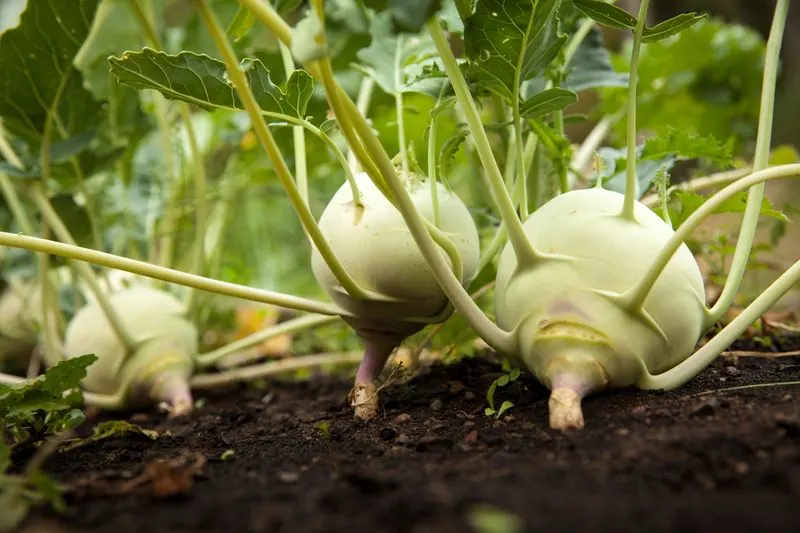
Kohlrabi, with its alien-like form, is a vegetable full of surprises. Its bulbous stem and leafy greens seem otherworldly, but the flavor is familiar and pleasant. Often described as a cross between cabbage and turnip, kohlrabi offers a crisp texture and a sweet, peppery taste. It’s enjoyed raw, roasted, or in slaws, showcasing its versatility in dishes. Originating from Europe, kohlrabi is a staple in many regional dishes. This quirky vegetable invites you to look beyond the surface to discover its culinary charm.
Purple Carrots

Purple carrots, though unusual in color, have a sweetness that rivals traditional orange varieties. Their deep purple hue hints at the antioxidant-rich benefits they provide. With a history dating back to ancient Persia, these carrots have made a vibrant comeback in modern kitchens. The taste is subtly sweet with an earthy undertone, offering a delightful crunch in salads and roasted dishes. The unique color and flavor profile of purple carrots make them a favorite among health enthusiasts. Embrace the vibrant, and taste the history.
Knobbly Potatoes
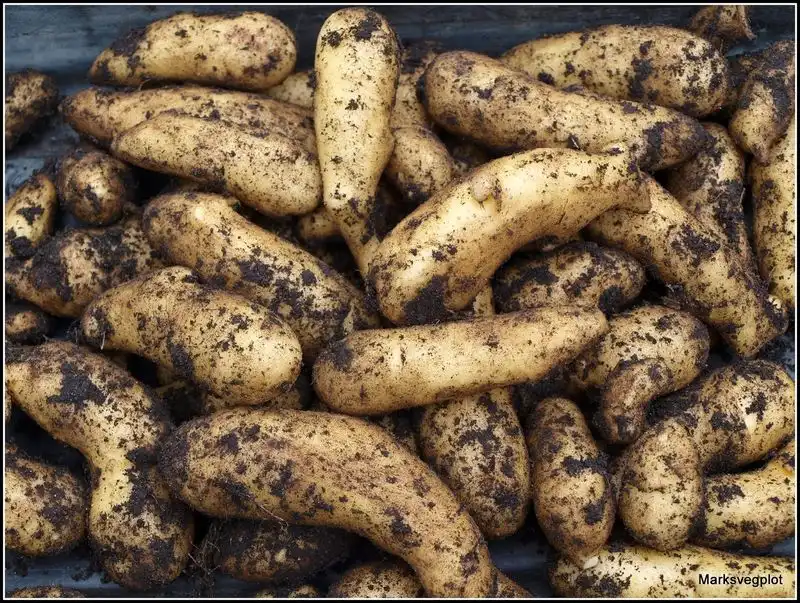
Knobbly potatoes may not win any beauty contests, but they win in flavor. Their unique shapes often hide buttery textures and earthy tastes. Did you know that these are often richer in nutrients than their smooth counterparts?
Their irregular growth allows more soil nutrients to seep in. These quirky spuds are perfect for roasting, as their uneven surface crisps up beautifully.
Next time you stumble upon these in the market, remember that their imperfect appearance promises a taste that’s anything but ordinary.
Curly Kale
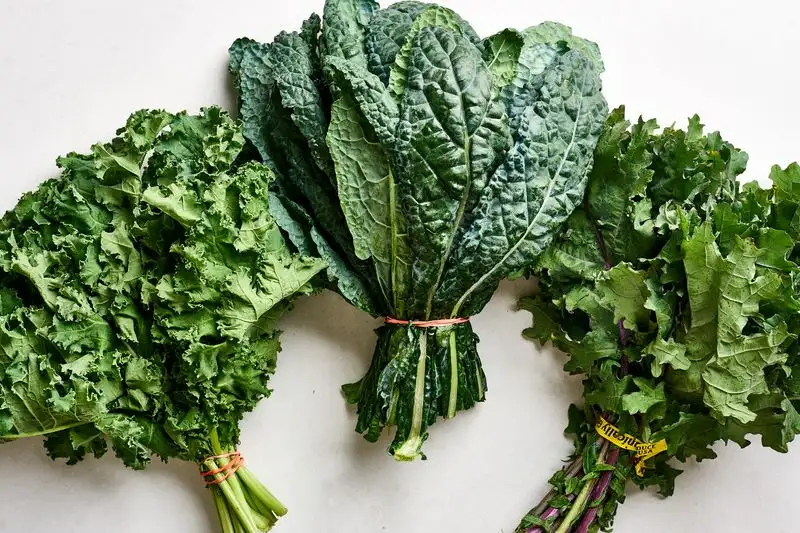
Curly kale’s rugged appearance conceals a powerhouse of nutrition and flavor. Each twist and turn of its leaves hides an array of vitamins. Known for its distinctively chewy texture, curly kale adds a satisfying crunch to salads and smoothies.
It’s a staple in many health-conscious kitchens, celebrated for its bold, slightly peppery taste.
Beyond its health benefits, this leafy green can transform simple dishes into gourmet experiences. Next time you see those curly leaves, think of the culinary adventures they promise.
Oyster Mushrooms
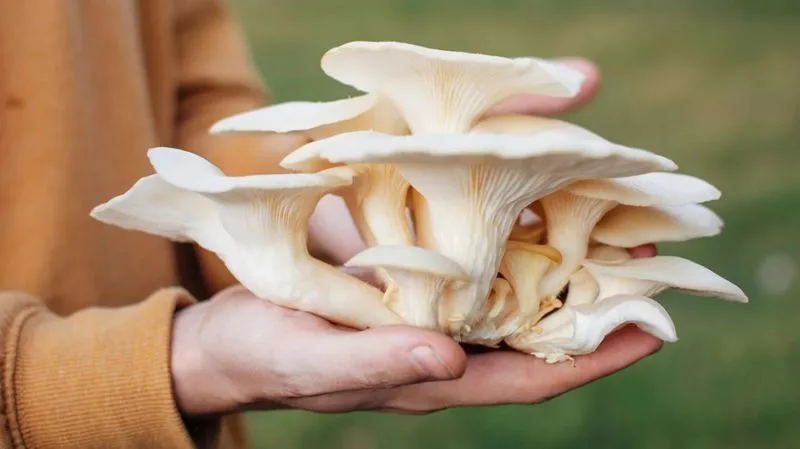
Oyster mushrooms might look like something from a fairytale forest, but they are a culinary gem. Their delicate, fan-shaped caps offer a mild, savory flavor that complements almost any dish.
Historically, they were cultivated in war-torn regions as a sustainable food source. Today, they’re celebrated in gourmet kitchens worldwide.
Their unique texture imitates seafood, making them popular among vegetarians. So, next time you encounter these whimsical fungi, remember that their odd appearance belies a remarkable taste experience.
Bumpy Squash
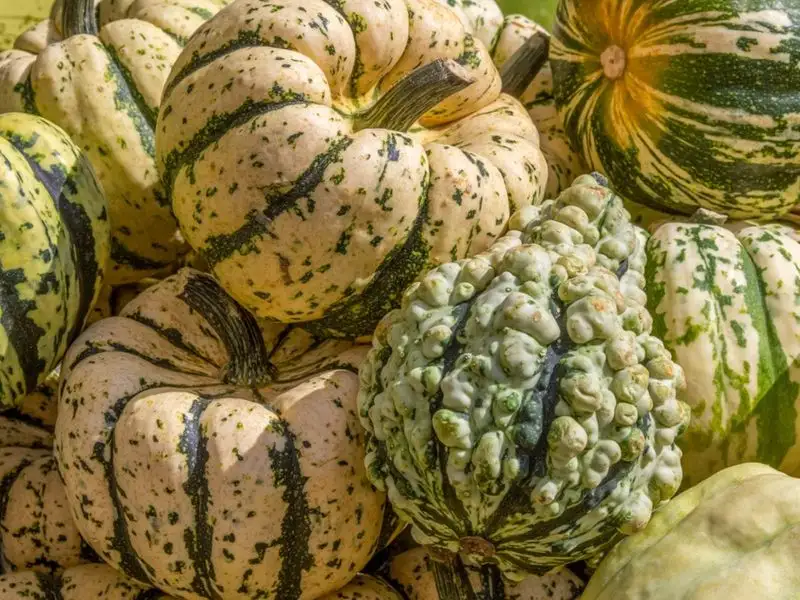
Bumpy squash, with its warty skin, might look intimidating, but beneath lies a sweet, nutty flavor. Once cooked, its flesh becomes tender and rich, perfect for soups or roasting.
This unusual texture actually helps retain moisture, enhancing its taste. Historically, these squashes were revered by Native Americans for their long storage capabilities.
When you spot these in the market, remember that their curious exterior is just the prelude to a delectable dish waiting to be savored.
Crooked Cucumbers
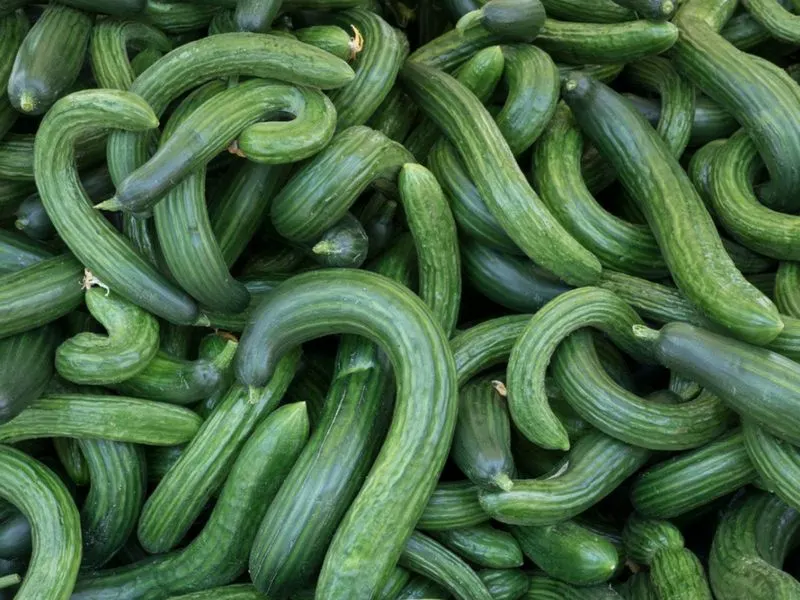
Crooked cucumbers defy the expectation of a straight, uniform vegetable. Their twists and turns offer a refreshing, crisp bite perfect for summer salads.
Despite their unusual shape, they often contain fewer seeds and more flesh, enhancing their juicy flavor. Cultivated worldwide, they adapt easily to various climates.
If you come across these in your local market, consider their whimsically twisted shapes as an invitation to a refreshing and delightful taste. Their eccentric appearance masks a surprisingly delightful crunch.

